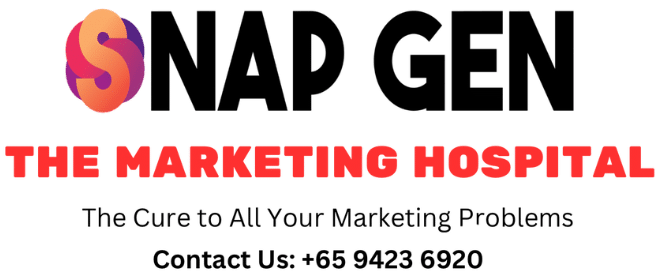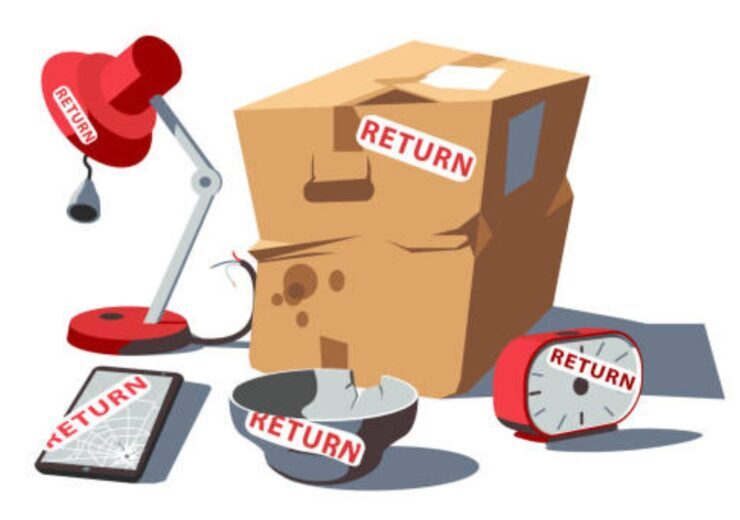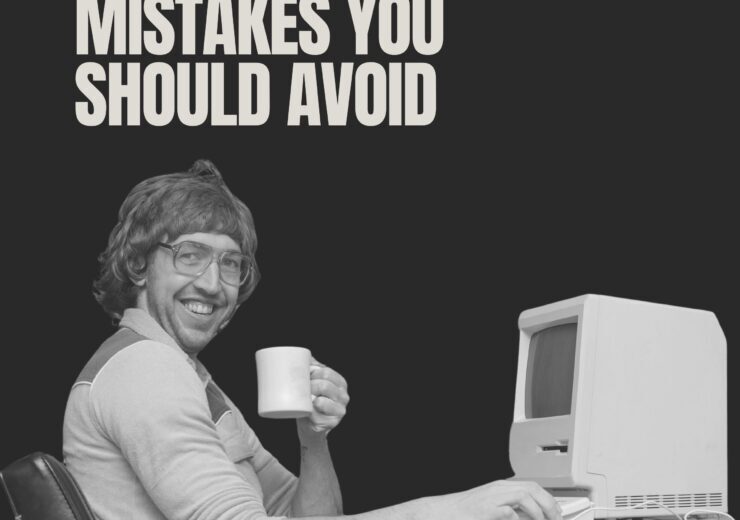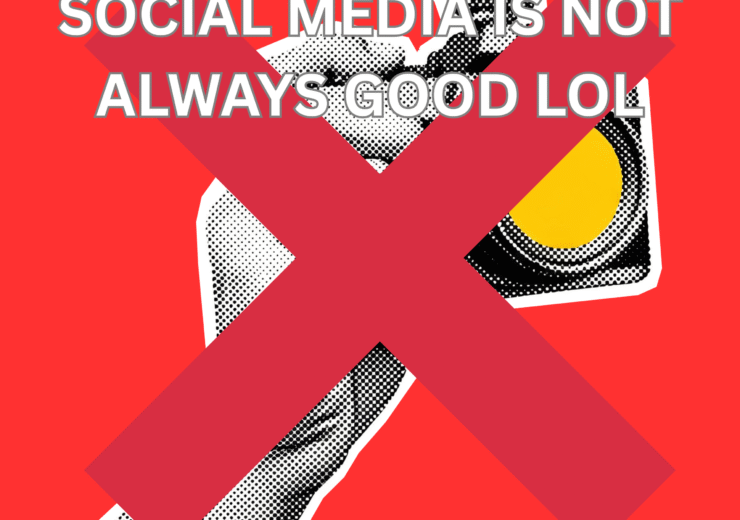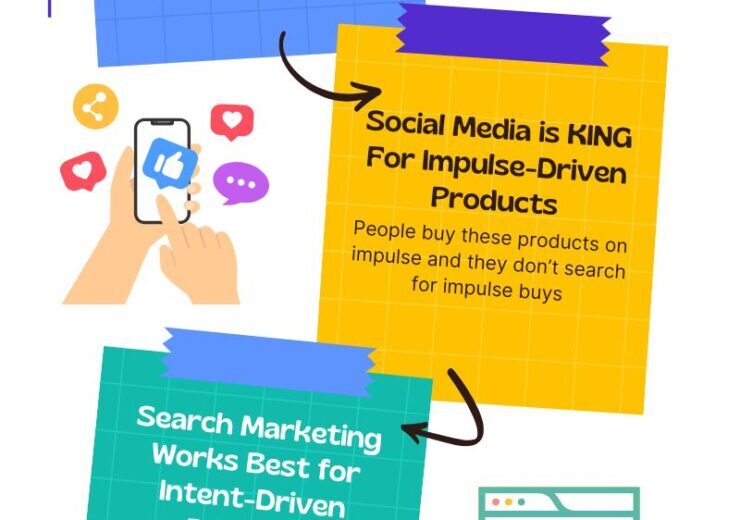Sometimes It’s Not Your Marketing Strategy, It’s Your Product
In the world of business, it’s easy to get caught up in the allure of brilliant marketing. We see slick ad campaigns, viral social media posts, and masterful public relations, and we assume that’s the secret to success. But what happens when you have a phenomenal marketing strategy, yet your product fails to take off? The hard truth is that even the most compelling message can’t save a product that doesn’t deliver. If your product is a leaky bucket, no amount of marketing can fill it.
The Leaky Bucket Problem
Imagine you’re a skilled marketer with a fantastic product to promote. You create a powerful campaign that generates a flood of interest. People click on your ads, visit your website, and even make a purchase. Success, right? Not necessarily.
If the product doesn’t meet their expectations, those new customers won’t stick around. They’ll use it once, feel disappointed, and leave. You’ve successfully acquired customers, but you haven’t retained them. This is the “leaky bucket” of marketing. You’re constantly pouring new customers in, but they’re all draining out the bottom. This creates a vicious cycle of unsustainable growth, high customer acquisition costs (CAC), and a business that spirals out of control.
The Power of Product-Market Fit
Before you invest heavily in marketing, you need to achieve what is known as product-market fit. This is the point where your product effectively solves a real problem for a specific group of people, and they are willing to pay for it. When you have product-market fit, your product begins to market itself.
How do you know if you’ve found it? The signs are clear:
- Organic Growth: Customers are finding you through referrals, word-of-mouth, and organic search, not just paid ads.
- High Retention: Your customers are not only buying, they’re coming back and using your product repeatedly.
- Customer Advocacy: Your users are so satisfied that they become your biggest champions, enthusiastically recommending your product to their friends and colleagues.
A popular method to gauge this is the “Sean Ellis Test,” which asks users how they would feel if they could no longer use your product. If over 40% say they would be “very disappointed,” you’re likely on the right track.
Why a Bad Product Can’t Be Outrun by Good Marketing
A great marketing strategy can generate initial hype, but it can’t fix fundamental product flaws. Here’s why a product-first approach is essential:
- Trust and Reputation: If your marketing promises a premium experience but your product is buggy or difficult to use, you’ll quickly erode customer trust. In the age of online reviews and social media, a bad reputation can spread faster than any marketing campaign.
- Unrealistic Expectations: Marketing’s job is to create desire. If that desire is built on a message that doesn’t align with the actual product experience, customers will feel betrayed. This disconnect between what’s promised and what’s delivered is a common cause of high churn.
- Customer-Centricity is Key: A successful product isn’t about what you think is cool or innovative. It’s about what your target customer actually needs. Many product failures are a result of businesses building a solution to a problem that doesn’t exist.
The Product is the Marketing
Instead of viewing marketing as a separate entity that promotes the product, think of the product itself as your most powerful marketing tool. A product that is intuitive, solves a genuine problem, and provides a delightful user experience will naturally drive growth. This is the core principle of product-led growth (PLG), a strategy where the product serves as the primary driver of customer acquisition, retention, and expansion. Companies like Slack and Dropbox successfully leveraged PLG by creating products so valuable that users couldn’t help but share them.
So, what’s the lesson? Before you start shouting from the rooftops about your product, take a step back. Use your “marketing budget” not for expensive campaigns, but for product research and development. Once you have a product that people would be disappointed to lose, you can amplify its value. This is where a focused marketing effort truly shines. Through effective Marketing Consultations, you can craft a strategy that resonates with your core users. Powerful content creation and Social Media Marketing can tell your brand’s story and build a community. Our SEO & SEM services ensure that when customers look for a solution, they find you. And to build the perfect team to execute this vision, our Talent Sourcing services can help you find the right people. At that point, your marketing won’t be about creating demand from scratch; it will be about accelerating the organic growth that your product has already started.
